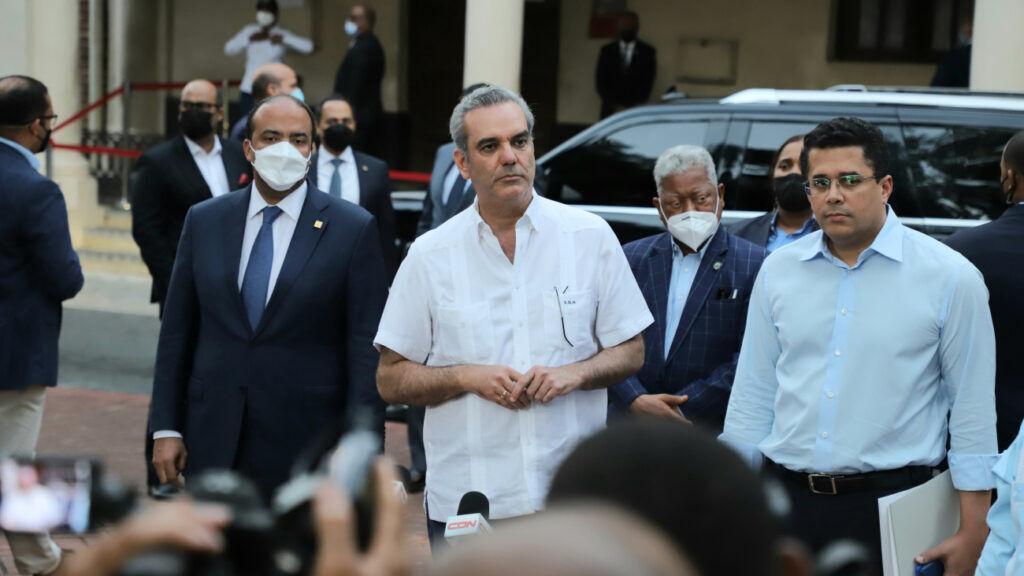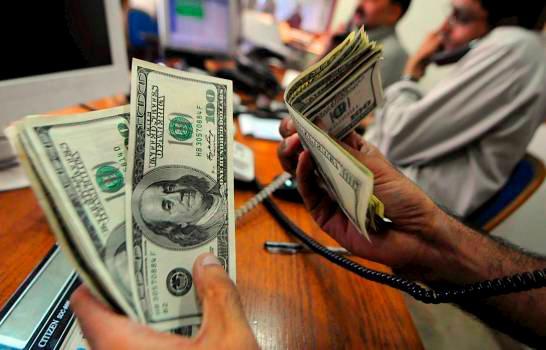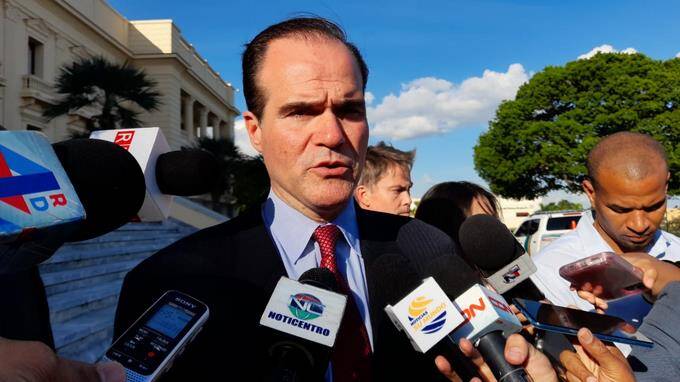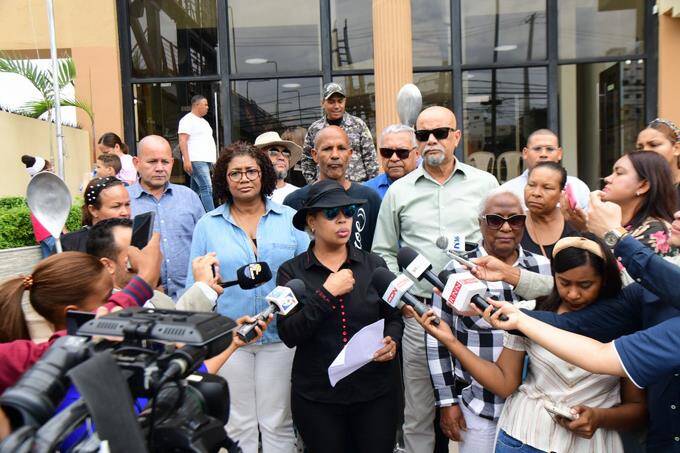Leonel Fernandez sees upcoming changes in the financial market
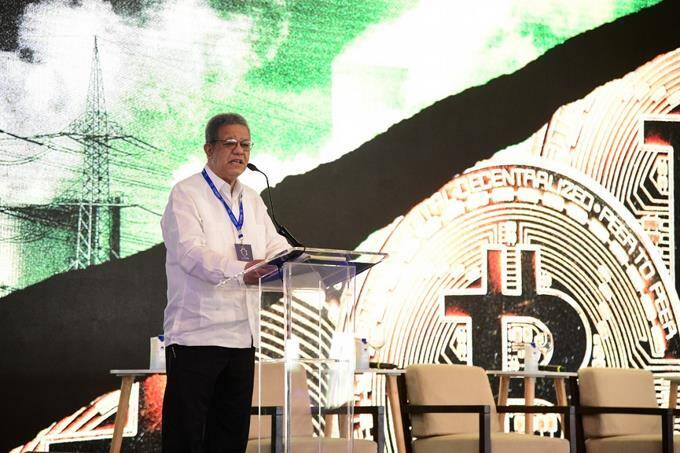
The former President of the Republic, Dr. Leonel Fernández, affirmed that regardless of the conflicting voices that have been raised around the relevance, efficiency and transparency of crypto markets, the appearance of blockchain and FinTech technologies have contributed to promoting the current global financial revolution.
The former head of state made the statement in the speech that formally opened the Third Casa de Campo Global Forum, in which local and international experts, in three different panels, reflect on the disruption of the financial sector; of the next generation of banking, and of the potential creation of digital assets in the Dominican Republic.
“Money is immersed in a constant evolution. We are heading towards the future of money, as well as profound transformations in the framework of the international financial architecture,” said Fernández.
n his speech, the former president outlined the trajectory of money from its emergence, thousands of years ago, to date, highlighting, in passing, the future prospects of this global resource.
“Money has not always existed as we know it today. It is the result of a long evolution over time. It is estimated that between 15,000 and 9,000 years before Christ grains of wheat and barley, stones and cattle were used, as barter or means of exchanging merchandise,” he explained.
He argued that about 12,000 years had to pass after the barter, so that in Mesopotamia, 2,500 years before Christ, precious metals, such as gold, silver, bronze and copper, would be used to buy, sell or exchange goods. and services.
Fernández narrated that after the use of precious metals as a means of exchange, it took, in turn, about 2,000 more years for the birth of coins to occur, being around the year 600 BC that the first coins were minted. in places as diverse as Turkey, China and India.
“For paper money to appear and be accepted, humanity had to wait another long time, until the seventh century of the Christian Era, that is, more than 1,300 years, when this new form of financial intermediation emerged in China,” Indian.
He said that, however, the official use of paper money had to wait another 400 years, because users could not understand how a simple piece of paper could have the same value as a gold bullion.
He highlighted that after thousands of years for humanity to adapt to the use of money as a means of carrying out transactions, other forms of money emerged, such as checks, provisional notes, promissory notes, shares, bonds; and more recently, the credit card and electronic payment.
Cryptocurrencies
In his speech, Fernández stressed that “now, what is under debate is whether we are approaching the end of money, as we know it,” noting that already in countries such as Sweden and China, the use of physical cash is in decline.
He refers to cryptocurrencies or digital currencies, of which there are estimated to be thousands, among which Bitcoin, Ethereum, Dogecoin and Tether stand out.
“The iPhone is being used more and more frequently to make electronic payments, and the use of conventional money has become antiquated or anachronistic,” he said.
“Thus, everything seems to indicate that we are at the dawn of a new financial revolution in which the nature of money tends to change,” Fernández stressed.

